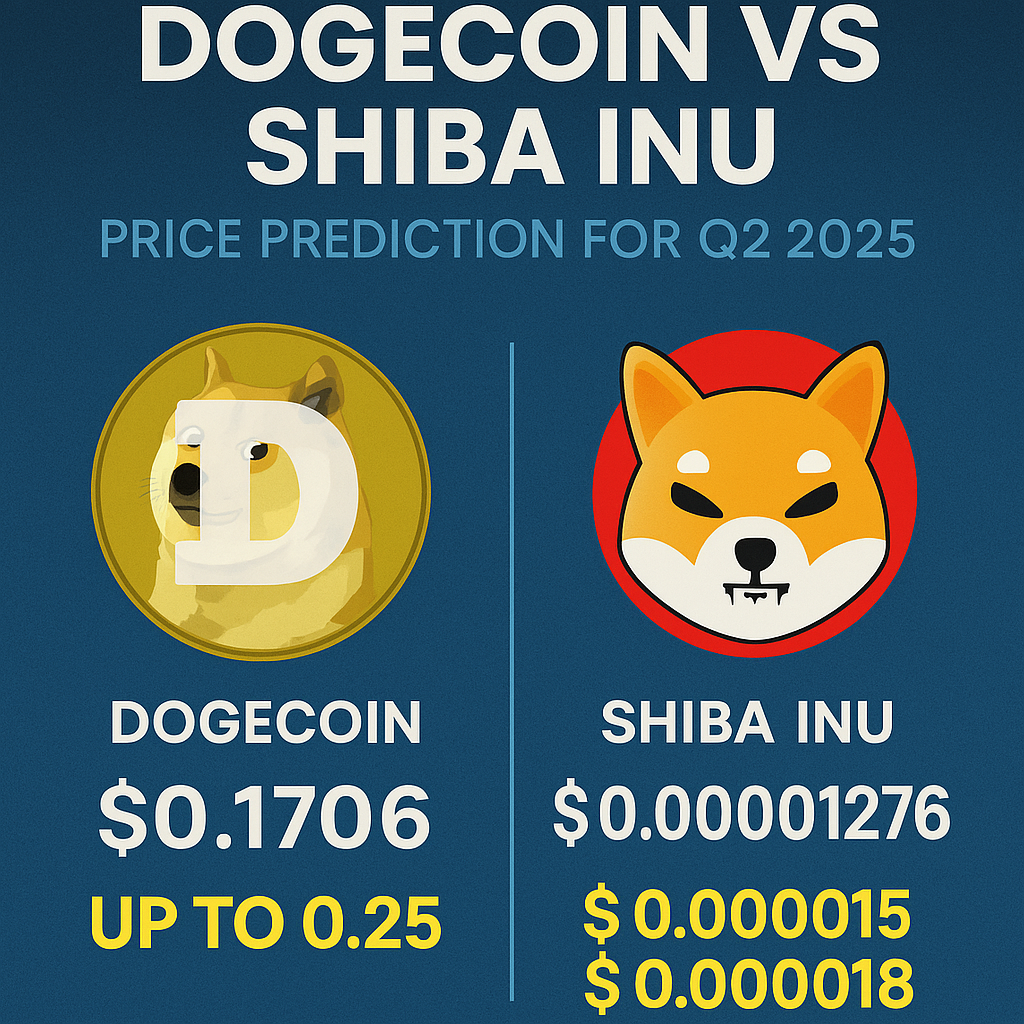In 2025, retail investors in India continue to rely heavily on online trading platforms to invest in equities, mutual funds, derivatives, and other financial instruments. Among the top choices, Zerodha and Upstox stand out as leading discount brokers. Both platforms have evolved significantly over the years, offering competitive pricing, robust technology, and diverse tools for traders and investors. This detailed comparison helps users understand which platform serves them better in 2025.
Account Opening and Onboarding
Zerodha streamlines the account opening process with a fully digital KYC setup. Users can complete the entire registration in under 15 minutes, provided they have their PAN, Aadhaar, and bank details ready. Zerodha charges a one-time fee of Rs. 200 for equity and Rs. 300 for equity plus commodity accounts.
Upstox also offers a fast and paperless onboarding experience. The platform often waives off account opening fees during promotional periods. In 2025, Upstox continues to attract first-time investors with no annual maintenance charges (AMC) for the first year.
User Interface and Trading Platforms
Zerodha offers its flagship trading platform, Kite, known for its clean UI, lightning-fast performance, and ease of navigation. Kite Web and Kite Mobile support seamless charting, real-time data, and order execution. Zerodha also provides Coin for mutual fund investments and Console for back-office functions.
Upstox counters with its revamped Upstox Pro platform. The 2025 version introduces a simplified layout, faster execution speeds, and advanced charting with TradingView integration. Upstox also supports mutual fund investments via its separate app.
Both platforms invest in user experience, but Zerodha keeps its edge with cleaner UI, fewer bugs, and consistent updates.
Brokerage and Charges
Zerodha pioneered zero brokerage for equity delivery trades and charges a flat Rs. 20 per executed order for intraday and F&O. It does not impose additional fees on mutual fund transactions or account maintenance (after the first year).
Upstox matches Zerodha’s pricing with zero brokerage on equity delivery and Rs. 20 per executed order on intraday and derivatives. However, Upstox occasionally introduces promotional offers that reduce costs further for new users.
Both brokers maintain transparency in pricing, but Zerodha’s minimalistic fee structure appeals more to cost-conscious investors.
Research, Education, and Tools
Zerodha prioritizes investor education through Varsity, a free and comprehensive learning module. It covers topics ranging from stock market basics to technical analysis. Zerodha also integrates Sensibull and Streak for options trading and algo strategies.
Upstox has improved its learning center in 2025 but still lags behind Zerodha in content depth. While Upstox offers smart investment suggestions and curated stock ideas, its educational offerings don’t match the detail found on Varsity.
For serious learners, Zerodha provides more structured resources. Beginners may appreciate Upstox’s simplified guidance, but seasoned investors gravitate toward Zerodha’s ecosystem.
Investment Options
Zerodha allows users to invest in equities, derivatives, commodities, bonds, IPOs, and mutual funds. Coin enables direct mutual fund investments without commissions. Zerodha also facilitates G-Sec investments via RBI Retail Direct.
Upstox supports a similar range of asset classes. Users can invest in stocks, F&O, commodities, mutual funds, IPOs, and digital gold. Upstox enhances mutual fund investment with intuitive recommendations and SIP planning.
Both platforms offer extensive investment products, but Zerodha keeps the upper hand with better execution tools and smoother integration across offerings.
Mobile App Performance
Zerodha’s Kite mobile app receives consistent praise for its speed, reliability, and user interface. The 2025 update brings enhanced fingerprint login, improved notifications, and faster loading times.
Upstox Pro app introduces a cleaner layout in 2025 with personalized dashboards and better performance analytics. It now includes TradingView charts, one-tap order execution, and seamless watchlist syncing across devices.
While Upstox has narrowed the gap, Zerodha still delivers a more stable mobile trading experience with fewer crashes and bugs.
Customer Support and Service
Zerodha operates primarily through ticket-based support and a detailed knowledge base. It addresses queries efficiently, though phone support often takes time during market hours.
Upstox has expanded its customer support in 2025, offering live chat and quicker ticket responses. The platform also includes AI chat assistance to guide users through common issues.
Upstox edges ahead in responsiveness, while Zerodha maintains reliability through documentation and community forums.
Innovations and New Features
In 2025, Zerodha integrates AI-driven tools for trade analysis and portfolio optimization. Its joint venture with smallcase continues to offer low-cost passive investment products. Zerodha also enhances Coin with goal-based investing options.
Upstox innovates with AI-based trade recommendations, personalized insights, and gamified investing to attract young users. The platform introduces voice-assisted order placement and smart rebalancing for portfolios.
Both companies drive innovation, but Zerodha maintains a practical focus, while Upstox experiments with user engagement.
Security and Compliance
Zerodha emphasizes security with two-factor authentication, biometric login, and encrypted data. It maintains compliance with SEBI regulations and regularly audits its infrastructure.
Upstox enforces similar security measures and has improved transparency around outages and downtime. It continues to collaborate with regulators to enhance investor protection.
Security remains a top priority for both brokers, and neither compromises user data or trade integrity.
User Base and Brand Trust
Zerodha leads the Indian brokerage market with the highest number of active clients. Traders trust its stable platform, reliable execution, and transparent policies. The brand commands loyalty through word-of-mouth and consistent performance.
Upstox, backed by investors like Tiger Global and Ratan Tata, has gained momentum with aggressive marketing and simplified onboarding. It serves millions of users and continues to grow rapidly in Tier 2 and Tier 3 cities.
Zerodha earns long-term trust through performance, while Upstox excels in market expansion.
Final Verdict: Which is Better in 2025?
Choosing between Zerodha and Upstox depends on the user’s priorities. Zerodha suits experienced traders, long-term investors, and users who value education and product depth. Its platform offers stability, clean UI, strong community support, and advanced tools.
Upstox works well for beginners, mobile-first users, and investors seeking smart insights and low fees. It improves user experience with a modern app, AI suggestions, and gamified investing tools.
In 2025, Zerodha edges out Upstox for serious investors, while Upstox serves as a compelling alternative for new-age investors looking for convenience and simplified investing.
ALSO READ: Dollar-Cost Averaging: Does It Really Work?




